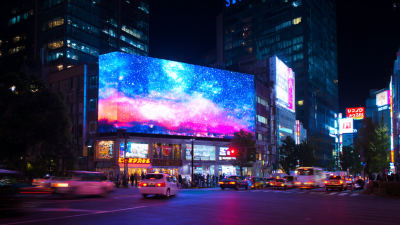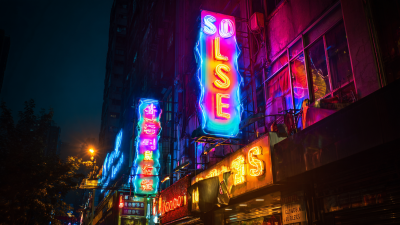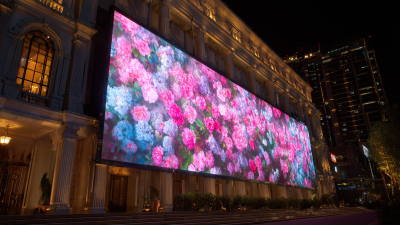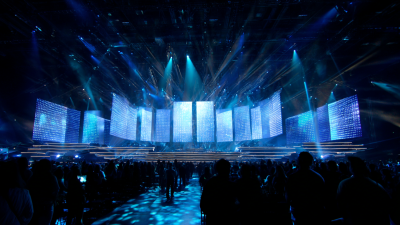
In recent years, the advertising landscape has undergone a dramatic transformation, driven by the advent of cutting-edge technologies such as the LED billboard sign. According to a report by the Outdoor Advertising Association of America (OAAA), digital billboards, including LED displays, can increase ad recall by up to 46% compared to traditional static billboards. This surge in engagement is partly attributed to the dynamic and eye-catching nature of LED billboard signs, which allow for vibrant colors, animations, and real-time content updates. Furthermore, research indicates that businesses utilizing digital signage see an average increase in revenue by 32% due to improved visibility and reach. As companies strive to capture consumer attention in an increasingly crowded marketplace, understanding the strategic implications of LED billboard signs becomes essential. Today’s advertisers must explore how to effectively leverage these innovative platforms to maximize visibility, enhance user engagement, and drive conversions, making LED billboard signs a pivotal element in modern advertising strategies.
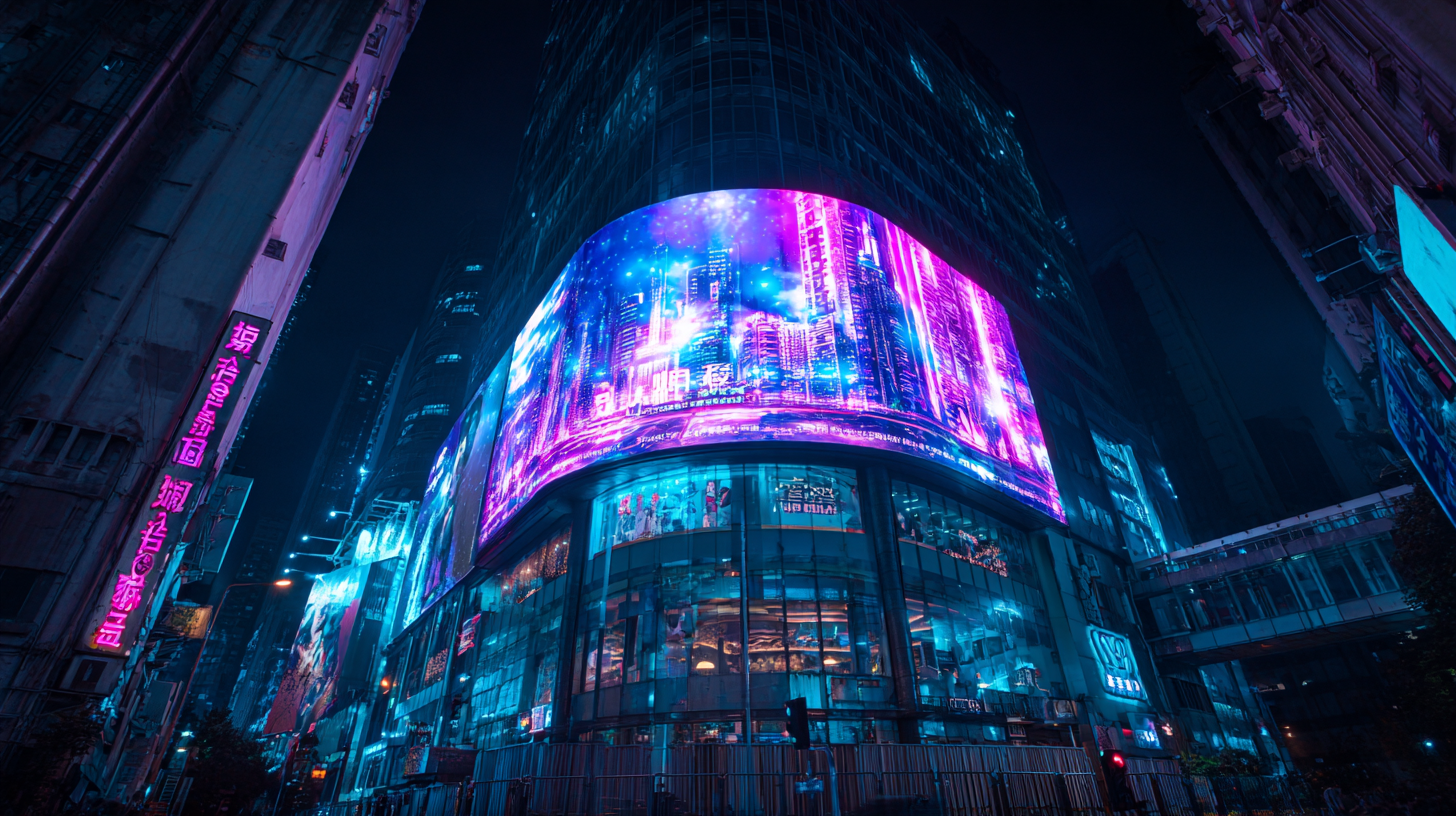
Billboard advertising has undergone a remarkable transformation in the digital age, evolving from static displays to dynamic, LED billboard signs that capture the attention of passersby in unprecedented ways. The advent of digital technology has allowed advertisers to customize their messages in real-time, targeting specific audiences based on location, time of day, and even current events. This adaptability not only enhances engagement but also maximizes the efficiency of advertising campaigns, as businesses can swiftly adjust their content to reflect seasonal promotions or urgent announcements.
Moreover, the integration of LED billboards into urban landscapes has changed the aesthetic and functional dynamics of advertising. These vibrant displays not only attract attention but also enable interactive elements such as QR codes and social media integration. As consumers increasingly rely on digital platforms for information, the synergy between LED signage and digital marketing strategies is becoming essential. This evolution signifies a shift towards more immersive and participatory advertising experiences, ultimately reshaping how brands communicate with their audiences in a fast-paced, technology-driven world.
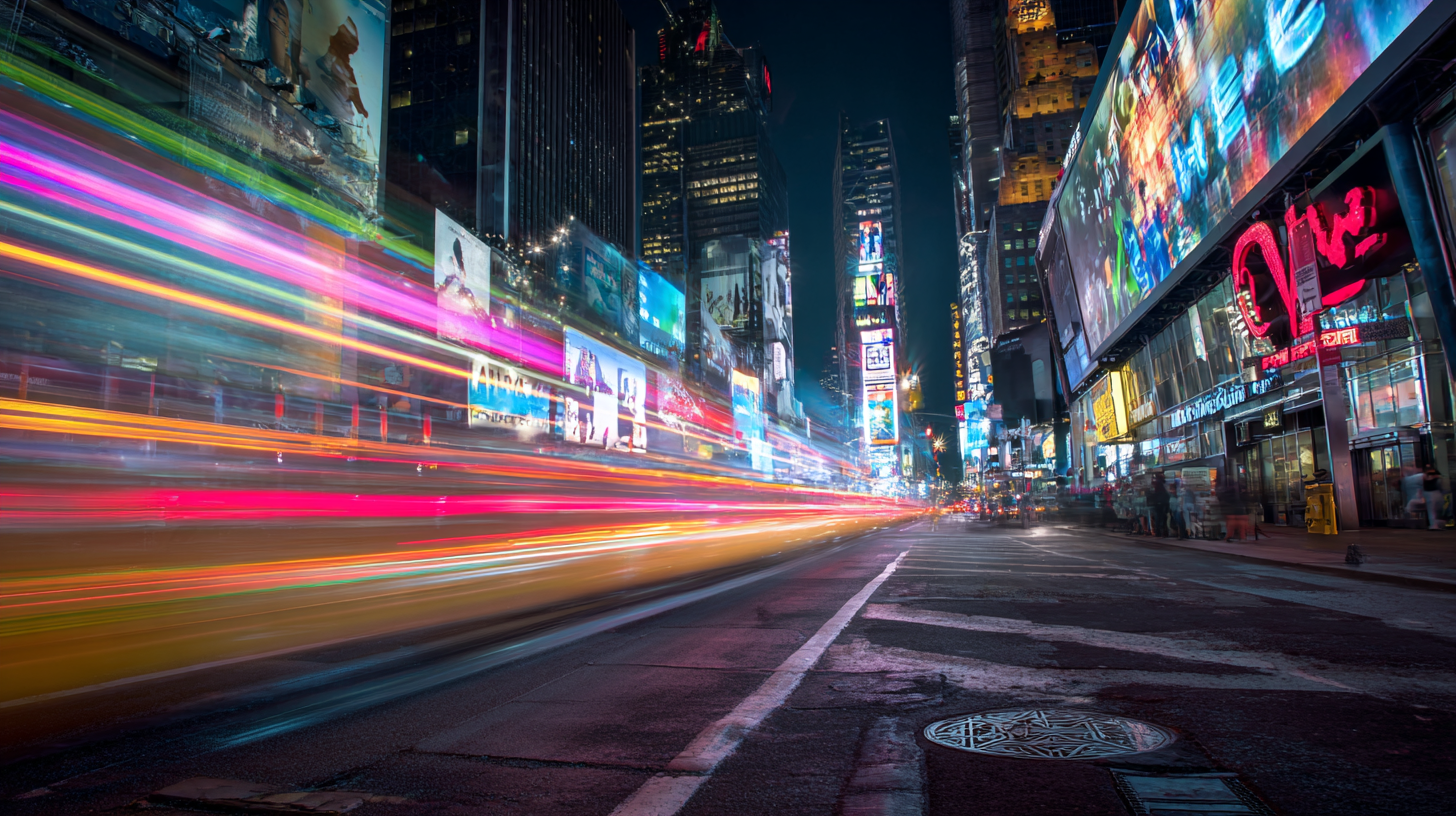
The effectiveness of LED billboards in modern advertising strategies is increasingly evident as brands pivot from traditional advertising methods to more dynamic and engaging formats. Recent trends indicate that brands are gravitating towards the use of "naked-eye 3D" digital billboards, which create captivating visual experiences without the need for special glasses. The transition to such innovative displays has been embraced by various high-profile brands, showcasing striking themes and narratives that capture audience attention in ways static ads cannot.
Compared to traditional billboards, LED displays offer a richer, more interactive approach, allowing for animations, real-time updates, and immersive visuals that resonate well with consumers. This modern method enables brands to communicate their messages more effectively and creatively, often leading to higher engagement rates. As brands continuously seek to differentiate themselves in a crowded market, the effectiveness of LED billboards emerges as a crucial aspect of contemporary advertising strategies, driving higher visibility and consumer interaction.
LED billboards have transformed the landscape of modern advertising by leveraging psychological principles to capture consumer attention effectively. The vibrant colors and dynamic visuals of LED displays not only attract attention but also create an immersive experience that engages viewers on a deeper level. For instance, the recent phenomenon of captivating digital advertisements infiltrating busy urban centers illustrates how well-crafted visuals can dominate public spaces, drawing consumers away from their mundane routines.
Moreover, the psychological impact of such advertisements cannot be overstated. By utilizing eye-catching animations and 3D modeling techniques, these billboards exploit the human brain's natural tendency to respond to movement and novelty. This strategy keeps brands at the forefront of consumers' minds and enhances recall, making them more likely to engage with the advertised products. As the capabilities of technology continue to evolve, advertisers are increasingly incorporating advanced visual effects to elicit emotions and cultivate lasting impressions, ultimately redefining how brands connect with their target audiences.
| Dimension | Description | Impact Level | Measurement Method |
|---|---|---|---|
| Visibility | How prominently the billboard can be seen from a distance. | High | Surveys measuring sight distance and height comparisons. |
| Color Contrast | The effectiveness of color differences in catching attention. | Medium | A/B testing on different color schemes. |
| Duration of Message | Time the advertisement is displayed before changing. | High | Analysis of viewer retention rates. |
| Animation and Movement | Use of dynamic content to attract consumers. | Very High | Focus group feedback and engagement metrics. |
| Location | Strategic placement in areas with high foot or vehicle traffic. | High | Geographic sales data analysis. |
The implementation of LED billboards in marketing campaigns offers a compelling cost-benefit scenario, especially as the Digital Out-of-Home (DOOH) advertising market continues to expand. By 2029, the global entertainment and media industry is projected to reach an impressive US$3.5 trillion. Within this context, LED billboards serve as a vital format, enhancing visibility and engagement in ways traditional advertising cannot match. With their dynamic content capabilities, these signs allow marketers to showcase real-time promotions, driving higher audience interaction and improving overall return on investment (ROI).
Research indicates that companies leveraging innovative technologies, including LED billboards, can effectively capture the attention of consumers who increasingly seek personalized and visually impactful advertising experiences. According to recent industry analyses, integrating LED billboards with influencer marketing strategies enhances brand reach and resonates with target demographics. As influencer marketing evolves, utilizing AI and micro-influencers alongside modern display technologies can significantly optimize marketing campaigns, ensuring brands remain agile and attuned to consumer preferences in an ever-changing marketplace.
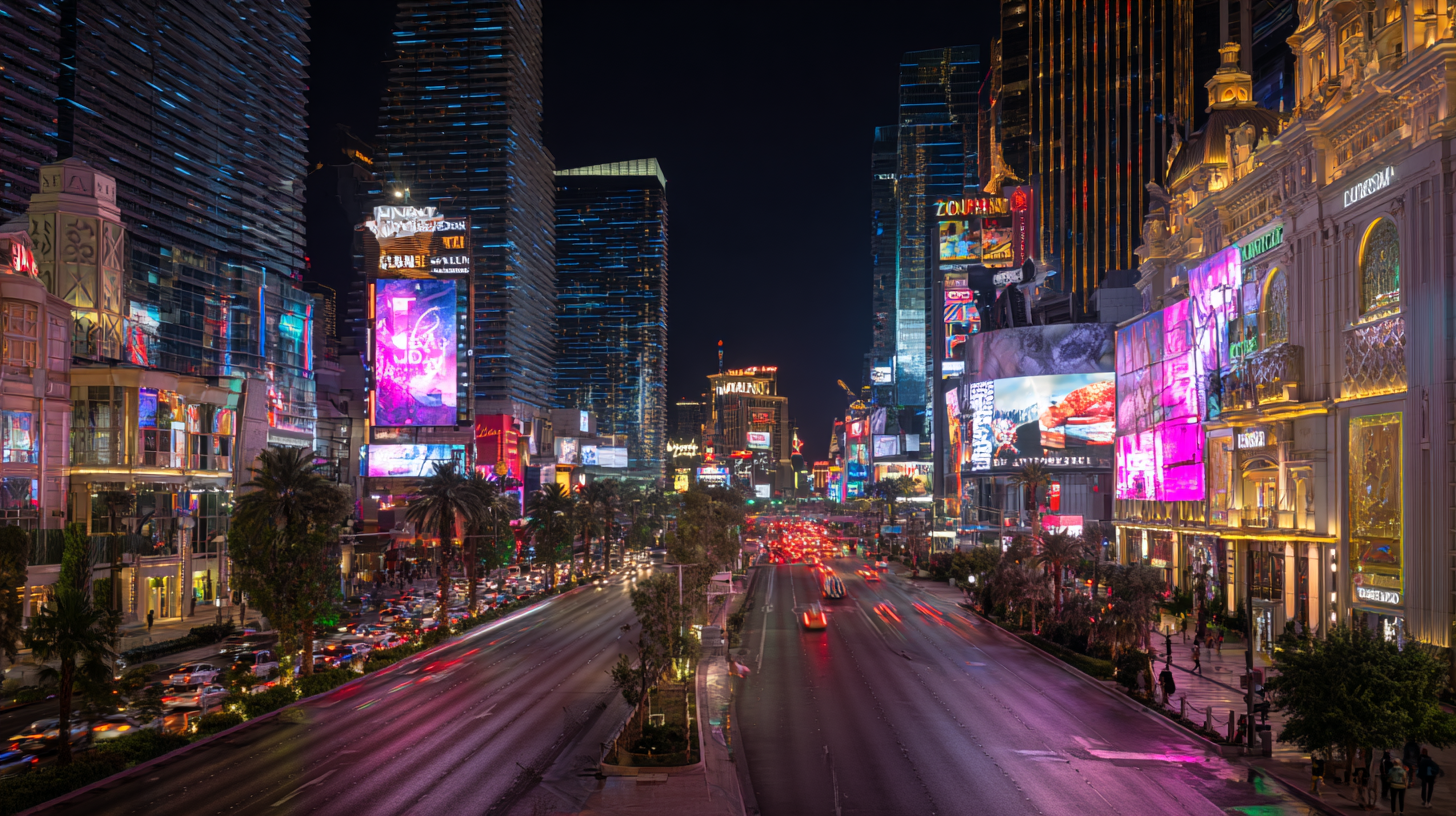
The advent of LED billboard advertising strategies is transforming the digital marketing landscape, as new technological advancements become central to effective outreach. By 2032, the outdoor LED display market is projected to grow to an astonishing $9.3 billion, with a compound annual growth rate (CAGR) exceeding 10% from 2024 onward. This surge reflects not only the growing demand for high-visibility advertising but also the integration of innovative technologies that enhance viewer engagement and retention.
As the influence of social media platforms continues to rise, advertisers are leveraging video content and user-generated material to create dynamic campaigns. Trends in short-form video production are reshaping advertising strategies, compelling brands to adopt integrated approaches that combine traditional LED displays with digital content strategies. Furthermore, the rise of artificial intelligence is enabling marketers to personalize their outreach, tailoring messaging based on real-time data and consumer behaviors. This convergence of display technology and cutting-edge software represents a pivotal shift, highlighting the necessity for marketers to stay ahead of trends to capture and maintain audience attention effectively.
